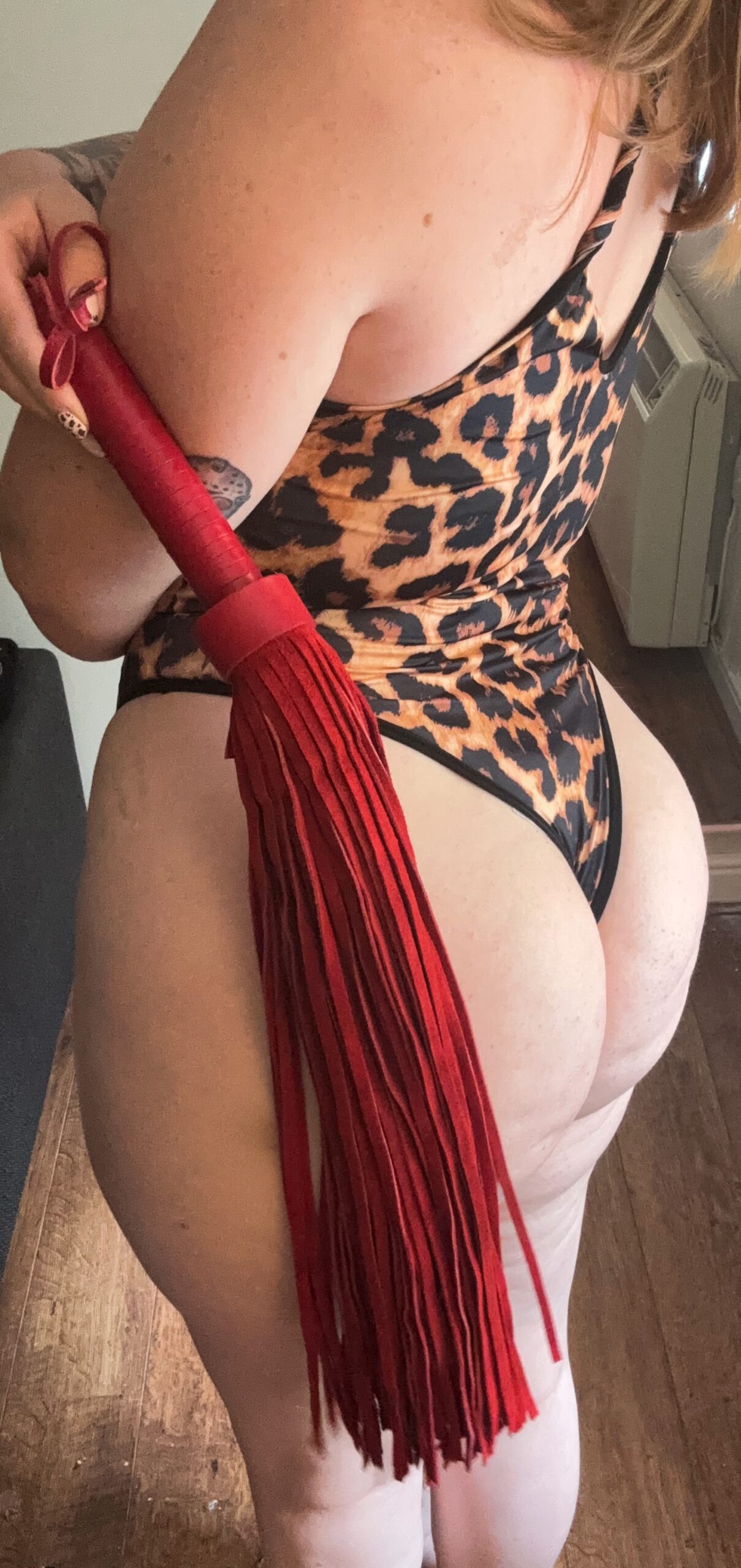What is Claustrophilia?
Claustrophilia is a type of fetish that involves finding pleasure or comfort in enclosed or small spaces. This can include things like elevators, closets, cars, or even coffins. For individuals with claustrophilia, these tight spaces can be incredibly sensual and appealing, often triggering feelings of excitement, relaxation, or even euphoria.
Proponents of claustrophilia argue that this fascination stems from a desire for intimacy and closeness, as well as a sense of security and protection. In an increasingly open and public society, claustrophilia can provide a unique form of escape or refuge, allowing individuals to feel more comfortable and at ease in confined environments.
Some people with claustrophilia may engage in activities that mimic the sensations they associate with feeling trapped or enclosed, such as dressing up in tight-fitting clothing or participating in role-play scenarios. Others may use relaxation techniques, like deep breathing or visualization, to calm their nerves and enhance their sensual experience.
It’s worth noting that claustrophilia can be a complex and deeply personal aspect of an individual’s desires and preferences. While some may find it problematic or taboo, others see it as a legitimate expression of their sexuality. As with any fetish or preference, communication, consent, and boundaries are key to navigating the world of claustrophilia in a healthy and respectful way.
A Desire for Confinement
Claustrophobia, or an excessive fear of confined spaces, might seem like an unlikely theme for exploration, but its antithesis, claustrophilia, is a distinct psychological phenomenon that attracts individuals seeking intimacy with tight, enclosed environments. Claustrophilia fetish involves deriving pleasure from being confined, often in situations where others would experience anxiety or distress.
Tight Spaces and Restraint
The human desire for confinement, tight spaces, and restraint can be a complex and multifaceted phenomenon, often shrouded in mystery and taboo. For some individuals, the sensation of being enclosed or restricted can evoke feelings of profound comfort and even sensuality. This paradoxical response can manifest in various ways, from the allure of small, intimate environments like closets or cars to the thrill of BDSM practices that involve physical restraint.
At its core, claustrophilia fetish – a term used to describe the attraction to confinement and restriction – represents a desire for emotional containment. In a world that often values freedom and expansiveness, individuals drawn to claustrophilia fetish may find solace in the sense of security and protection provided by tight spaces. This can be particularly appealing during times of uncertainty or chaos, when the feeling of being enveloped or sheltered from external pressures can be deeply reassuring.
Restraint, in particular, can play a significant role in the experience of claustrophilia fetish. The sensation of being physically limited or constrained can amplify emotions, intensifying feelings of vulnerability and trust. When paired with sensuality, this combination can create a unique dynamic, where the individual’s boundaries are both challenged and respected.
The interplay between confinement, restraint, and sensuality in claustrophilia fetish also raises interesting questions about the nature of desire and intimacy. Is it possible to experience deep emotional connection within the confines of a small space? Can physical restraint enhance the sense of mutual trust and respect between partners? Exploring these queries can provide insight into the complexities of human attachment, intimacy, and the many facets of the human psyche.
Claustrophobia and the Opposite Reaction
Claustrophobia, the intense fear of enclosed or small spaces, may seem counterintuitive when discussing Claustrophilia fetish, a condition where individuals experience pleasure from being in tight or confined areas.
- Some researchers suggest that this paradoxical response can be explained by the psychological concept of “sensory substitution,” where one’s perception of comfort is altered due to intense mental focus on the sensation.
- Additionally, claustrophilia fetish may serve as a coping mechanism for anxiety and stress, providing individuals with a controlled environment to explore their emotional boundaries.
The opposite reaction to claustrophobia can be observed in individuals with claustrophilia fetish, who experience heightened sensations of pleasure and relaxation when confined. This response is often linked to the release of neurotransmitters such as serotonin and dopamine, associated with feelings of euphoria and calmness.
From Fright to Fascination
Claustrophilia, a fascination with confined or enclosed spaces, can be a complex and intriguing aspect of human psychology. While some may view it as a pathological fixation, others see it as a source of comfort, sensuality, and even ecstasy. For those who experience claustrophilia, the sensation of being in tight spaces can evoke feelings of security, intimacy, and pleasure, challenging traditional notions of what is considered desirable or enjoyable.
The Evolution of Claustrophilia
Claustrophilia, the fetishistic attraction to confined or enclosed spaces, has been a subject of fascination for many people throughout history. What was once considered a phobia or a source of anxiety has evolved into a complex phenomenon that encompasses not only physical comfort but also sensual and emotional experiences.
From ancient mythologies to modern psychological theories, claustrophilia has been explored in various contexts, each revealing different aspects of human psychology and behavior. The concept of the “thrill of confinement” suggests that people are drawn to the feeling of being trapped or restricted, which can be linked to feelings of safety and security.
Some researchers argue that claustrophilia is closely tied to kink and BDSM (bondage, discipline, dominance, submission, sadism, and masochism) cultures, where individuals seek out tight spaces as a means of exploring power dynamics and sensory experiences. Others suggest that it may be related to the concept of “enclosed ecstasy,” which involves feeling a sense of euphoria or transcendence when confined in a small space.
While the scientific community remains divided on the subject, one thing is clear: claustrophilia represents a complex intersection of psychological, emotional, and sensory experiences that defy simple explanations. As our understanding of human psychology continues to evolve, it’s likely that our perceptions of claustrophilia will shift, revealing new insights into the intricacies of the human psyche.
The rise of online communities and social media has also contributed to a greater awareness and acceptance of claustrophilia, allowing individuals to share their experiences and connect with others who share similar interests. This newfound visibility has led to a reevaluation of what was once considered taboo or stigmatized.
Mental Health and Claustrophilia
Claustrophilia, often misunderstood as a form of anxiety or phobia, is actually a recognized fetish that involves deriving pleasure from confined or restricted spaces.
Mental health professionals have begun to shed light on the complexities of claustrrophilia, highlighting its potential connection to sensory experiences and emotional comfort. For some individuals, the sensation of being enclosed or restricted can be intensely pleasurable, even sensual.
This paradox has led researchers to explore the concept in relation to mental well-being and self-care practices. In particular, some therapists have incorporated elements of claustrrophilia into therapy sessions, using controlled environments to help patients relax and access hidden emotional spaces.
Those who identify as claustrophiliacs report a range of experiences, from feelings of intense relaxation to increased intimacy with themselves or others in confined situations. This has sparked interest in exploring the intersectionality of claustrrophilia with mental health practices, such as mindfulness and self-compassion.
A Safe Space for Exploration
A Safe Space for Exploration
Claustrophilia fetish, also known as confinement fetishism, is a complex and multifaceted phenomenon that has been shrouded in mystery and misconception. For individuals who experience claustrophilic desires, the allure of tight spaces is not about feeling trapped or suffocated, but rather about experiencing a sense of comfort, security, and even sensuality. This paradoxical response to confinement sparks curiosity and intrigue, prompting an exploration of the psychological, emotional, and physiological factors that underlie this unusual fascination with enclosed environments.
Therapeutic Applications
Claustrophilia fetish involves experiencing desire or arousal from being in small, enclosed spaces. This can range from mild comfort to intense pleasure. For some individuals, tight spaces evoke feelings of security, protection, or a sense of being “safe” from the outside world.
Therapeutic applications of claustrophilia fetish have been explored in various forms of therapy. Cognitive-behavioral therapy (CBT) can help individuals identify and challenge negative thought patterns associated with claustrophobia or anxiety related to enclosed spaces. Exposure therapy, a technique commonly used for overcoming phobias, can also be adapted for individuals with a claustrophilia fetish.
Some therapists propose that the sensory deprivation experienced in tight spaces can lead to increased focus on internal bodily sensations, emotions, and thoughts. This heightened self-awareness can facilitate personal growth, emotional regulation, and intimacy with oneself or others.
Fetish-friendly spaces have been designed specifically for individuals with a claustrophilia fetish. These spaces often incorporate features such as narrow tunnels, sensory deprivation rooms, or enclosed areas with specific textures and sensations. These environments are typically used in conjunction with guided meditation, relaxation techniques, or sensual exploration to promote comfort, trust, and intimacy.

Research on the therapeutic applications of claustrophilia fetish is ongoing, and more studies are needed to fully understand its effects on mental health and well-being. However, it’s clear that for some individuals, exploring their desires in a controlled and safe environment can lead to increased self-awareness, emotional regulation, and improved overall quality of life.
Exploring the Sensual Aspects
The sensual aspects of language can be found in various forms, but one that often raises eyebrows is the concept of claustrophilia fetish, where individuals find comfort and sensuality in tight spaces. This phenomenon is deeply rooted in human psychology, where a sense of confinement or restriction can evoke feelings of excitement and arousal.

- The human body’s response to physical constraint can be attributed to the release of oxytocin, often referred to as the “love hormone,” which plays a significant role in bonding and attachment. In the context of claustrophilia, this hormone is released due to the sense of being trapped or confined.
- The idea that being locked in a small space can create a feeling of intense intimacy is also linked to the concept of “sensory deprivation.” When our senses are restricted, our brain becomes more receptive to other forms of sensory input, heightening our sensitivity and awareness of our surroundings.
For some individuals, this attraction extends beyond physical confinement, incorporating elements of vulnerability, surrender, and emotional intimacy. It is essential to acknowledge that these desires are normal variations in human sexuality, even if they may not be widely accepted or understood.
Arousal and Pleasure
Arousal and pleasure can be complex and highly individualized experiences, with various stimuli triggering distinct reactions in different people. For those who experience Claustrophilia, a fetish characterized by a strong desire for being in tight or confined spaces, the quest for comfort and sensuality can be both fascinating and unsettling.
The Psychology of Touch and Confinement
Arousal and pleasure are complex psychological responses that can be triggered by various stimuli, including touch and confinement. For individuals who experience claustrophilia, a fetish involving a fascination with tight spaces, the sensation of being confined can evoke feelings of intense arousal and pleasure.
The psychology behind this phenomenon is multifaceted, involving a combination of emotional, psychological, and physiological factors. On an emotional level, claustrophiliacs may experience a sense of comfort and security in narrow or enclosed spaces, which can be particularly appealing during times of stress or anxiety. This emotional connection to confinement can lead to a heightened sense of arousal and pleasure.
From a physiological perspective, the body’s response to confinement can stimulate the release of certain neurotransmitters, such as dopamine and endorphins, which are associated with feelings of pleasure and euphoria. Additionally, the sensation of being in close quarters with another person can stimulate the release of oxytocin, often referred to as the “cuddle hormone,” which promotes social bonding and attachment.
In terms of touch, claustrophiliacs may experience intense pleasure from being physically confined or restricted, such as through handcuffs, straitjackets, or other forms of restraint. This type of physical confinement can stimulate sensitive nerve endings and activate the brain’s reward centers, releasing feel-good chemicals that enhance the overall sense of pleasure.
Confinement can also serve as a psychological crutch for individuals who experience anxiety or stress in their daily lives. By creating a safe space where they can feel restricted and secure, claustrophiliacs may be able to manage feelings of overwhelm and regain control over their emotions.
Navigating the Risks and Benefits
Claustrophilia, also known as comfort fetish or enclosed space fetishism, is a sexual fascination with tight or confined spaces. This can include scenarios such as being trapped in a small room, wearing a straitjacket, or engaging in activities that involve limited freedom of movement. Understanding the risks and benefits associated with claustrrophilia can help individuals navigate their desires safely and responsibly.
One of the primary benefits of exploring claustrrophilia is the potential for enhanced sensory experiences. The feeling of being trapped or restricted can amplify other senses, such as touch and hearing, leading to a heightened sense of pleasure and intimacy. Additionally, the psychological aspects of claustrrophilia can provide a sense of comfort and security, allowing individuals to confront and overcome feelings of anxiety or fear in a controlled environment.
However, there are also significant risks associated with claustrrophilia, particularly if not approached in a safe and informed manner. Trapped spaces can pose serious physical health risks, including asphyxiation, hypercapnia, and hypothermia. Furthermore, engaging in activities that involve confinement without proper consent or boundaries can lead to emotional distress and even trauma.
Furthermore, societal stigma surrounding claustrrophilia can make it challenging for individuals to openly discuss their desires or seek out safe and consensual experiences. This lack of understanding and acceptance can exacerbate feelings of shame and isolation, leading to a negative impact on mental health and well-being.
To safely navigate the benefits and risks of claustrrophilia, it is essential to approach the topic with a clear understanding of one’s own boundaries, desires, and physical limitations. This may involve consulting with a qualified healthcare professional or a licensed therapist who can provide guidance on safe and consensual practices. Additionally, establishing open communication with partners or loved ones is crucial in ensuring that all parties are comfortable and informed about their involvement.
Safe Practices and Boundaries
Safe practices and boundaries are essential components of any fetish exploration, including claustrophilia. This fixation on confined spaces can be deeply pleasurable, but it’s crucial to acknowledge that safety should always be the top priority. By setting clear limits and guidelines, individuals can navigate their desires while minimizing potential risks. Establishing a supportive environment, both physically and emotionally, is vital for creating a space where claustrophilia can be explored with confidence.
Discussion of Safety Precautions
Claustrophilia fetish, also known as sardonic love or enclosed love, is a type of fetish that involves finding comfort, sensuality, and pleasure in tight spaces or confined environments. While it may seem unusual to some, individuals who experience claustrophilia report feelings of intense relaxation, euphoria, and even spiritual connection when surrounded by narrow passages, small rooms, or other confined areas.
- Establishing clear boundaries is crucial for individuals with a claustrophilia fetish. This means communicating their comfort level and desires to their partners, ensuring that they are not pressured into situations that may cause discomfort or distress.
- Setting up a safe space, both physically and emotionally, is essential for experiencing pleasure without harm. This can involve creating a comfortable atmosphere, using relaxation techniques, and establishing clear guidelines for interaction during claustrophobic encounters.
- Prioritizing mutual consent and respect is vital in any relationship, especially when exploring fetishes that may push the boundaries of comfort and safety.
- Juvederm Volite Skin Booster Treatments Near Dockenfield, Surrey - May 8, 2025
- Come Together: The Key To Simultaneous Orgasm - May 8, 2025
- Downturned Smile Treatment Near Puttenham, Surrey - May 6, 2025
